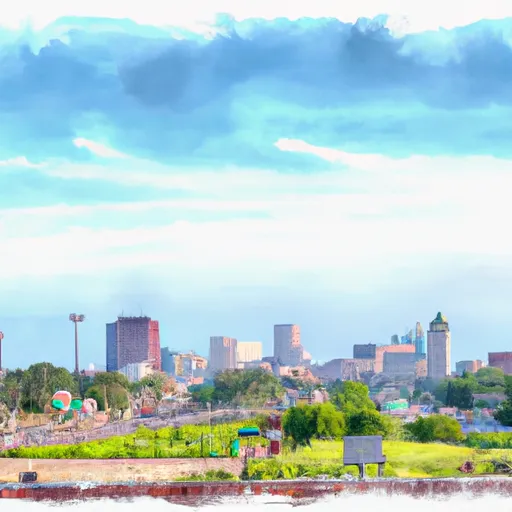°F
°F
mph
Windspeed
%
Humidity











Sun, Louisiana is a small town located in the southern part of the state, offering a unique blend of natural beauty and outdoor recreation opportunities. The town experiences a humid subtropical climate, characterized by hot, humid summers and mild winters. Summers are often accompanied by frequent rainfall and occasional tropical storms or hurricanes.
Hydrologically, Sun is situated near the scenic Tangipahoa River, providing a significant water source for the area. This river is known for its diverse aquatic life, making it a popular destination for fishing enthusiasts. The surrounding wetlands and marshes also contribute to the region's rich hydrology, supporting various bird species and other wildlife.
With its picturesque natural surroundings, Sun offers ample outdoor recreation opportunities. Fishing and boating are popular activities on the Tangipahoa River, allowing visitors to relax and enjoy the serene atmosphere. Additionally, the nearby Lake Pontchartrain provides an excellent spot for water-based activities such as swimming, kayaking, and jet skiing.
In summary, Sun, Louisiana offers a pleasant climate, diverse hydrology, and numerous outdoor recreation opportunities. Whether exploring the Tangipahoa River, fishing in the wetlands, or enjoying water activities on Lake Pontchartrain, nature enthusiasts will find plenty to enjoy in this charming southern town.
Weather Forecast
Sun receives approximately 1583mm of rain per year, with humidity levels near 85% and air temperatures averaging around 19°C. Sun has a plant hardyness factor of 8, meaning plants and agriculture in this region tend to thrive here all year round.
Regional Streamflow Levels
9,870
Cubic Feet Per Second
2,020
Cubic Feet Per Second
362
Cubic Feet Per Second
154
Cubic Feet Per Second
Nearby Camping
| Camping Area | Reservations | Toilets | Showers |
|---|---|---|---|
| Dry Creek Water Park | |||
| Fontainebleau State Park | |||
| Simpson County Lake | |||
| DLo Water Park | |||
| New Orleans Reserve Military | |||
| Lake Columbia |



